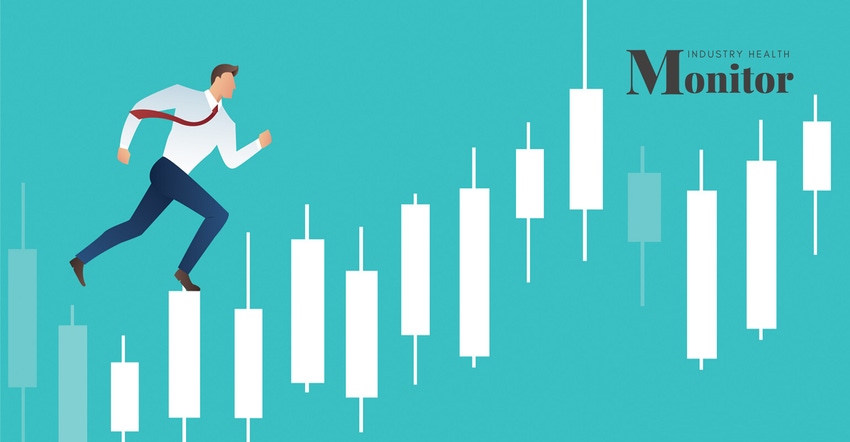Monitor: E-commerce claims biggest share of post-pandemic supplement growth
Added dollars reveal how much supplement buying habits have changed and keep changing.

Natural Products Industry Health Monitor, June 23, 2022
As the world emerges, haltingly from COVID-19, new challenges emerge. In this feature, New Hope Network provides an ongoing update on those challenges and the opportunities they hold. Look for the Industry Health Monitor every other Friday to learn the major news that is affecting the natural products market immediately and the less obvious insights that could dictate where the market may struggle or thrive in the months to come.
That the pandemic changed how consumers shop for supplements is already old news—big news, just old—but how many of those changes were lasting is edge-of-the-seat suspense for the brands and manufacturers waiting to see what the “next normal” looks like. Dollars added to the market by channel is one place to look for clues and those clues tell us that if there is a next normal of more informed and more motivated consumers buying more supplements, the biggest part of that is going to happen online.
Just a few years ago, e-commerce was a fast-growing piece of the industry but still a sliver. Now the channel is well on its way to equaling and then passing the natural and specialty channel, which includes natural grocers and standalone supplement stores like GNC. Nutrition Business Journal has said all this before and publishes growth rates for all channels in the 2022 NBJ Supplement Business Report, but it’s seeing how many dollars were added to each channel over the last two years that tells the story most dramatically and gives us such a clear view into where the next normal is going to happen.
In 2020, when e-commerce supplement sales grew 87.3%, the channel added more than $4 billion in revenue. That was not a sustainable sales spike, but even at this massively larger scale, 2021 still approached $3 billion in added sales. For perspective, the entire channel was only $3.2 billion five years ago. The gain in 2021, was nearly 19 times larger than the added dollars seen in the larger natural and specialty channel.
The story isn’t over yet, of course. Clearly, 2020 was a massively disrupted year, but 2021 would have stood out as a bumpy ride if it had not followed the chaos of the year before. Channel dynamics could still smooth out, the dollars added in mass market, for instance, show people are not putting all their dollars into virtual shopping carts. Natural and specialty, however, faces some structural issues, particularly around standalone supplement stores, which suffered severely when the 2020 lockdowns made another stop to shop not just inconvenient but also a health risk.
None of this is surprising. All of it requires adaptation. Brands have long known they need to think in omnichannel, but retailers have learned a new and important lesson: much of the future of the supplement industry is online and that future showed up early.
About the Author(s)
You May Also Like




